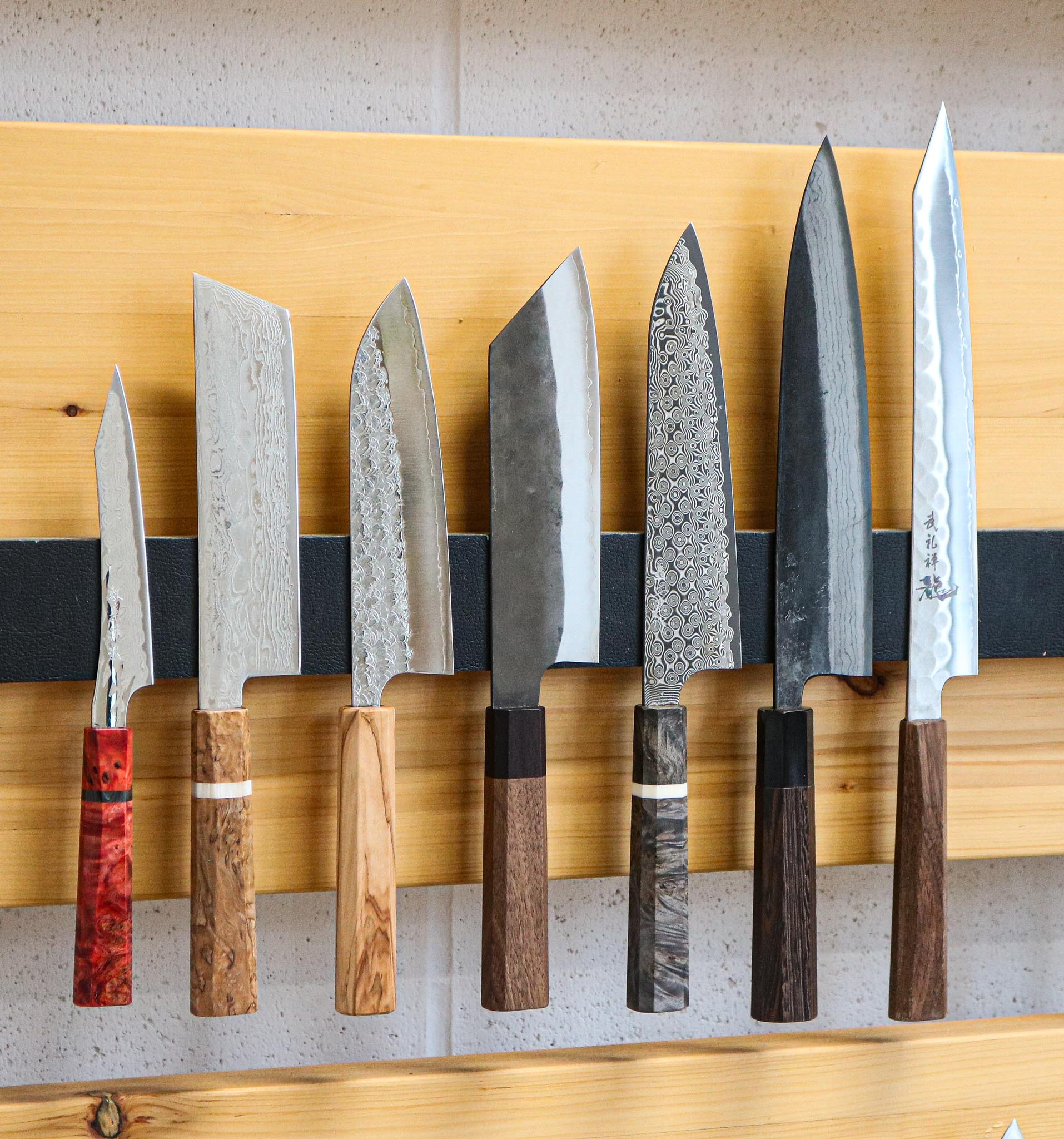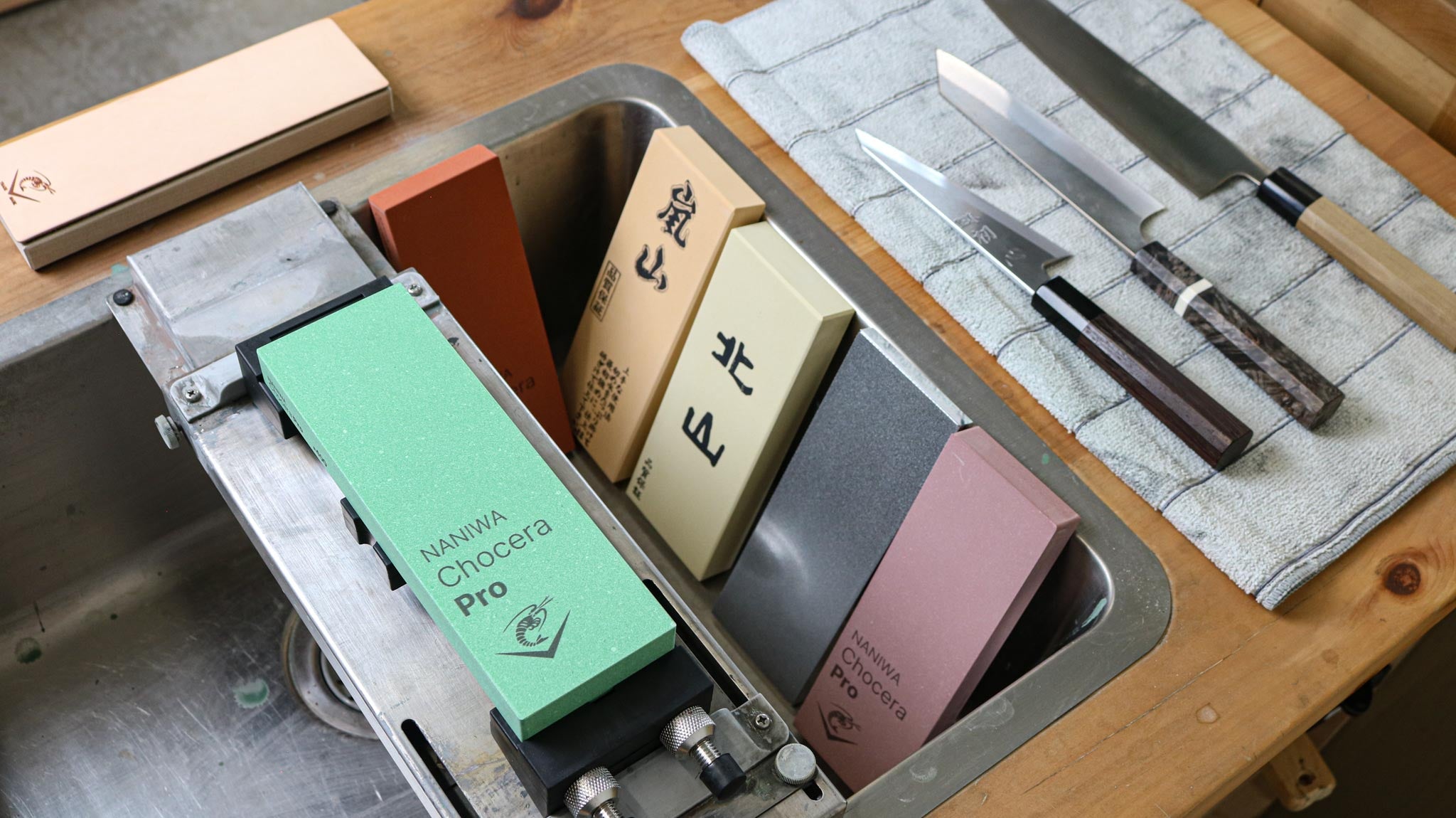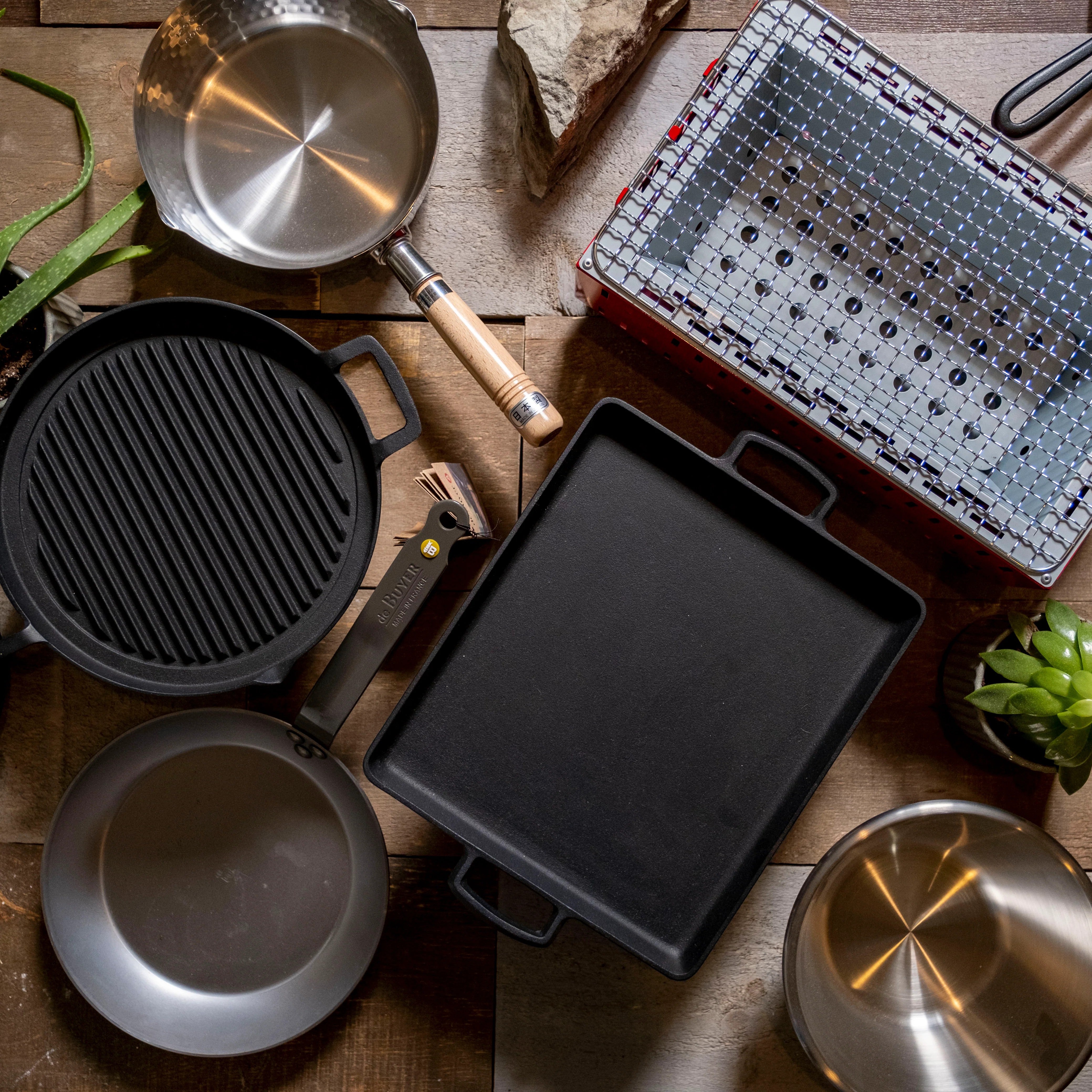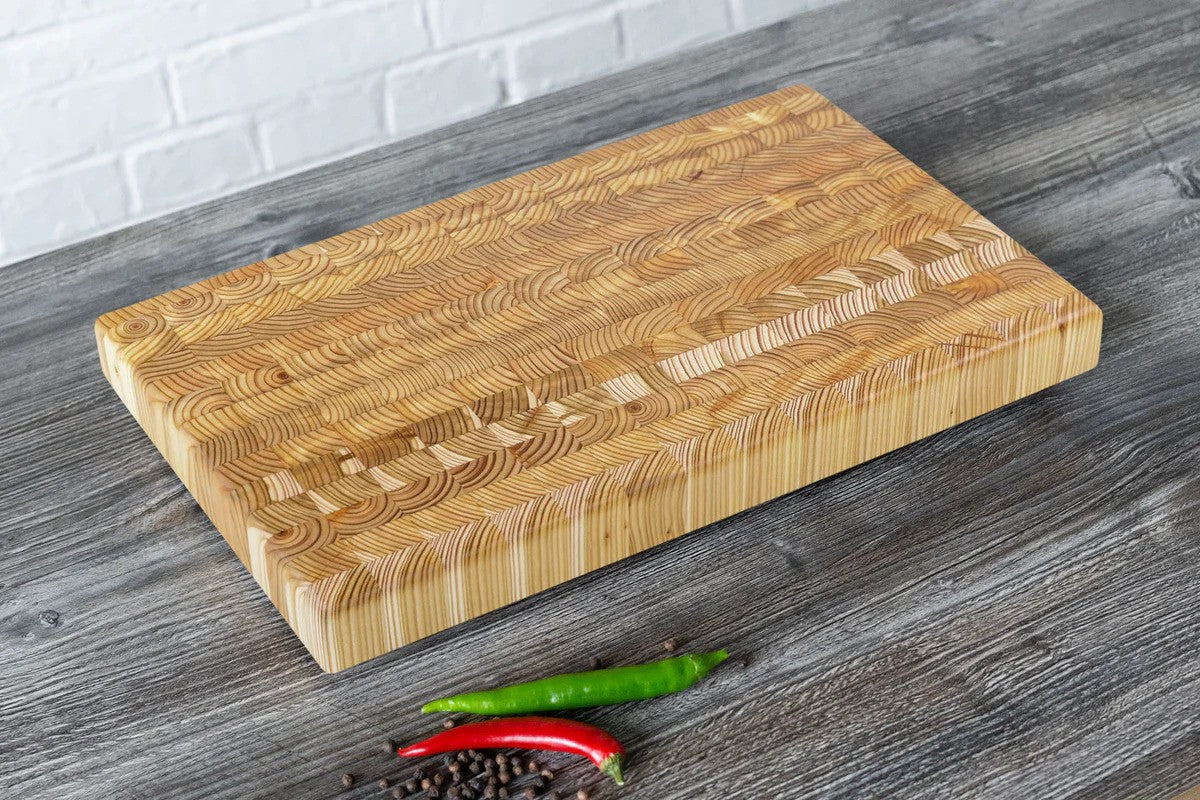Menu

Knife Terms and Anatomy
Just getting into the Japanese knife world? Getting a bit confused with all the jargon used? We’re here to help. The following is a list of the most common jargon used by knife nerds in forums and product reviews along with their commonly used abbreviations. We’ve also included a diagram of the anatomy of a Japanese knife to help alleviate some confusion while shopping.
Fit and Finish: This can be a tough one to explain as it is an all-encompassing term used to describe the overall feel of the knife. The term is used to describe the way all the parts of the knife fit together. The way the spine, choil and blade have been polished, the symmetry of the blade and whether there are any undesirable curves or warping, the way the blade and handle are affixed to one another and the quality of the handle all contribute to the fit and finish of the knife. This term is used much like it is when describing cars, where the term was derived.
Out of the Box (Abv. OOTB): Out of the box refers to how well a knife maker sharpens their knives before shipping them off to either the retailer or direct to the customer. Some knife makers do a better job than others when doing the final sharpening and some knives require a bit of sharpening on the part of the customer before they reach their full potential. Typically, the more affordable knives don’t get as much attention before leaving the maker and tend to need a bit of love. This isn’t always the case with regards to the more affordable options, some come very sharp ootb but if you’re spending a lot of money on a knife you can almost always be assured it will come sharp. As we just mentioned there are always exceptions to every rule.
Profile: The profile of the knife refers to how much curve there is in the blade. A more flat profile is great for those who prefer to use a push and pull cutting motion while a more curved profile is better for those who prefer to use a rocking motion while cutting.
Belly: You’ll find people use this term in conjunction with “profile” as they both attempt to describe curvature of the cutting edge of the knife. A knife with a large belly means it has a large curve and lends itself well to rock chopping, versus a knife with a small belly, better for push and pull cutting.

Can you think of any we’ve missed or do you need some clarification on the meaning of a specific term? Give us a shout! We’re happy to help.
- Choosing a selection results in a full page refresh.
